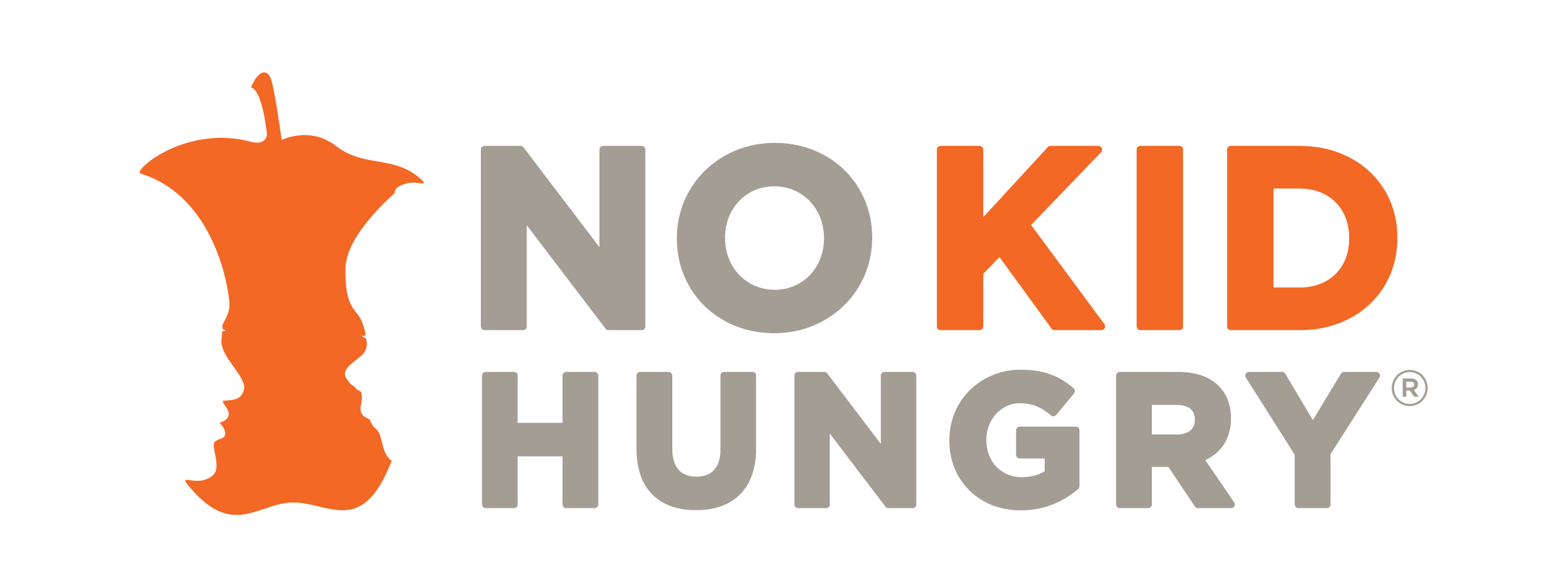FOR IMMEDIATE RELEASE
October 25, 2023
Contact: Hannah Gammond, 732-284-0734, hgammond@rubenstein.com
No Kid Hungry New York: USDA’s Annual Food Insecurity Report Shows Alarming Spike in Kids Facing Hunger
“We know New York follows the national trend”
NEW YORK, NY: Today, the USDA Economic Research Service released their annual report on household food security in the U.S. that showed an alarming rise in the number of kids that could face hunger. The newest data reveals that in 2022, a stunning 18.5% — nearly 1 in 5 children — lived in food insecure households, jumping significantly from 12.8% in 2021.
“This data should be a wake-up call. In 2021, we saw food insecurity plummet thanks in large part to pandemic-related aid. Now, with investments in these programs rolling back, we’re seeing that progress unravel and more families with children are facing hunger,” said No Kid Hungry New York Director Rachel Sabella. “We know New York follows the national trend, so this data tells us that hunger is rising here just like it is across the country. As we face yet more cuts to food assistance in Washington, we need our New York delegation to fight tooth and nail for programs like SNAP, WIC, and school and summer meals that help put food on the table for kids in every part of our state. No kid should go hungry in New York or anywhere in America.”
Highlights from the USDA Economic Research Service include:
• In 2022, 18.5% of child lived in food insecure households, jumping significantly from 12.8% in 2021.
• Overall food insecurity among households increased: In 2022, 12.8% of all U.S. households were food insecure, an increase from 10.2% in 2021.
• Among households with children, food insecurity rates were substantially higher for households whose income was 185% or below the federal poverty line (37.9%), households with children headed by single women (33.1%) or single men (21.2%), and Black (27.9%) and Hispanic (24.7%) households with children.
• Only 55% of food insecure households participated in one or more key nutrition programs (WIC, SNAP, School Lunch) in the month prior to the survey.
###

